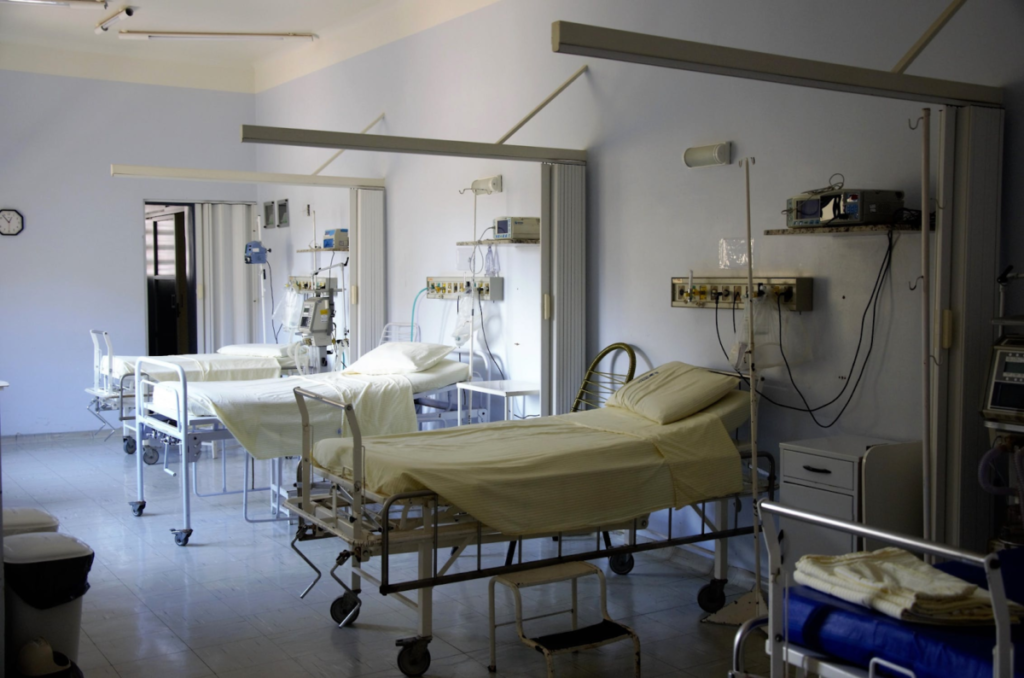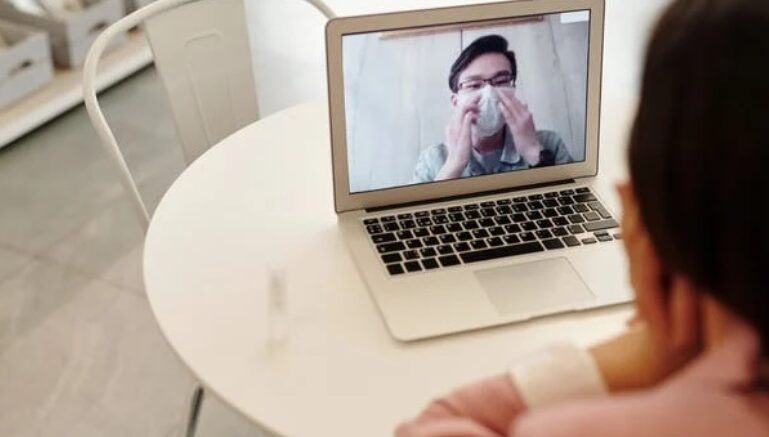Technology has revolutionized the healthcare industry, and Frontrow Health is at the forefront of this innovation. Electronic health records and mobile apps are just two examples of how technology is enhancing patient care. These advancements enable healthcare providers to access comprehensive patient information quickly, improving accuracy and efficiency in diagnoses and treatment plans. Additionally, mobile apps empower patients to actively participate in their healthcare journey by tracking vital signs, medication schedules, and overall health data.
This valuable information allows for better communication and collaboration between patients and healthcare professionals, ultimately leading to improved outcomes. Furthermore, telemedicine and remote monitoring solutions enable patients to receive timely medical consultations and interventions from the comfort of their homes, enhancing convenience and accessibility. Embracing technology in healthcare is a transformative step towards delivering high-quality, patient-centered care.
1. Healthcare cloud services
If you work in the healthcare industry, chances are you’re familiar with the term “cloud computing.” Cloud computing is the ability to access information and applications over the Internet, instead of having them installed on a local server. Healthcare organizations are using cloud-based solutions to store and share electronic health records (EHRs), schedule appointments, and bill patients. As Medicus IT professionals note, the cloud offers many benefits for healthcare organizations, including increased security, lower costs, and greater flexibility.
2. Electronic health records
The use of electronic health records (EHRs) is one of the most important ways that technology is improving the quality of patient care. EHRs are digital versions of a patient’s medical history that can be accessed by authorized healthcare professionals. They allow doctors and nurses to quickly and easily view a patient’s past medical history, which can help them make more informed decisions about their care. In addition, EHRs can help reduce the risk of medication errors and improve the coordination of care.
3. Telemedicine
Telemedicine is the use of technology to deliver healthcare services remotely. It can be used for a variety of purposes, such as consultations with specialists, diagnoses of medical conditions, and even prescription renewals. Telemedicine can be particularly helpful for patients who live in rural areas or who have difficulty traveling to see a doctor. In addition, telemedicine can save time and money for both patients and healthcare providers. This is because patients can be seen without having to leave their homes, and healthcare providers can see more patients in a shorter period.
4. Remote patient monitoring
Remote patient monitoring (RPM) is a type of telemedicine that allows healthcare providers to collect and monitor a patient’s health data remotely. RPM can be used to track a variety of health metrics, such as blood pressure, heart rate, and weight. It can also be used to monitor patients with chronic conditions, such as diabetes or heart disease. RPM can help improve the quality of patient care by allowing healthcare providers to more closely monitor a patient’s health and make timely interventions when necessary.

5. Mobile apps for patients
There are now several mobile apps that patients can use to track their health data, such as their weight, blood pressure, and activity levels. These apps can be valuable tools for patients with chronic conditions, such as diabetes or heart disease. They can also help patients who are trying to lose weight or get in shape. By tracking their health data, patients can identify trends and make lifestyle changes that can improve their health.
6. Wearable devices
Wearable devices, such as fitness trackers and smartwatches, are becoming increasingly popular. These devices can be used to track a variety of health metrics, including steps taken, heart rate, and sleep quality. They can also be used to remind patients to take their medications or to schedule appointments. Wearable devices can help improve the quality of patient care by providing healthcare providers with real-time data about a patient’s health. In addition, they can help patients better manage their health.
Why is technology so important for the healthcare industry?
Technology is changing the healthcare industry in many ways. It is making it possible for healthcare providers to deliver better care to their patients. In addition, technology is making it easier for patients to track their health data and make lifestyle changes that can improve their health. Ultimately, technology is helping to improve the quality of patient care. Also, it can save time and money for both patients and healthcare providers.
Is it hard to implement technology in the healthcare industry?
No, it is not hard to implement technology in the healthcare industry. There are many ways that healthcare providers can use technology to improve the quality of patient care. However, it is important to note that not all technologies will be appropriate for all healthcare settings. It is important to consult with experts before implementing any new technology. One of the challenges associated with using technology in the healthcare industry is ensuring that all stakeholders have access to the same information. This can be a challenge if different types of health data are stored in different systems. Another challenge is keeping up with the rapidly changing landscape of health information technology.
As we saw, technology is very present and important in the healthcare industry, it has brought many benefits to both patients and doctors. So, if you are a healthcare professional, don’t forget to use technology in your favor! Good luck and don’t forget to also have some face-to-face time with your patients.
